Winter Fishing in Arkansas
Stephen Tyson, Jr., has a good life chasing bass all winter in southern Arkansas. When it comes to winter fishing in Arkansas, most of the water temperatures dip into the low to mid 40’s by December. The Camden, Arkansas angler is no stranger to these waters.
Winter Fishing in Arkansas
Under the guidance of his father, Tyson began fishing Arkansas waterways when he was just four years old. Twenty years later, and he knows his water. “It stays in that range until the warm up in early March.” No ice, very little snow, and no deterrents from launching his boat on the many man-made lakes from his area means he continues the hunt of big bass all winter. Today he is sharing his two pronged attack.

Where to Catch Arkansas Winter Bass
There are two depth ranges to catch bass when it comes to winter fishing in Arkansas Tyson admits. “Many bass stay up shallow throughout the winter, which fits my power fishing preference. However, more fish go deep in the back of creeks to eat shad and are a more reliable catch.” Tyson allows the weather and bass to tell him which depth is best.
Winter Fishing in Arkansas: Shallow Bass
Even in these low water temperatures, Tyson begins his search on the bank. According to Tyson, there is always a population of fish in three feet of water or less. However, not every bank is created equal. He looks for structure such as laydowns, standing timber, rocks, and weeds, because they attract sunlight. The sunlight warms up the surrounding water, which not only attracts fish, but also makes them active.
He warns, though, that weather has a big impact. “A cold front can ruin this bite, because it can cool down quickly creating a serious case of lockjaw.” On the other hand, a couple days of warm weather and sun will make these fish very active.
Winter Fishing in Arkansas: Deep Bass
Tyson admits that more bass are in the depths following the shad than in the shallows. You will know when winter arrives because it is marked by water temperatures in the mid-low 40’s. When this happens, shad and other baitfish, migrate into the pockets in creek channels. Bass follow them.” He adds, “As the winter progresses, the shad move out of the pockets and settle in the deep water of the creek channels. The bass follow suit.”
“Deep” is a relative term per the body of water, but he routinely targets bass between 25-30 feet of water.
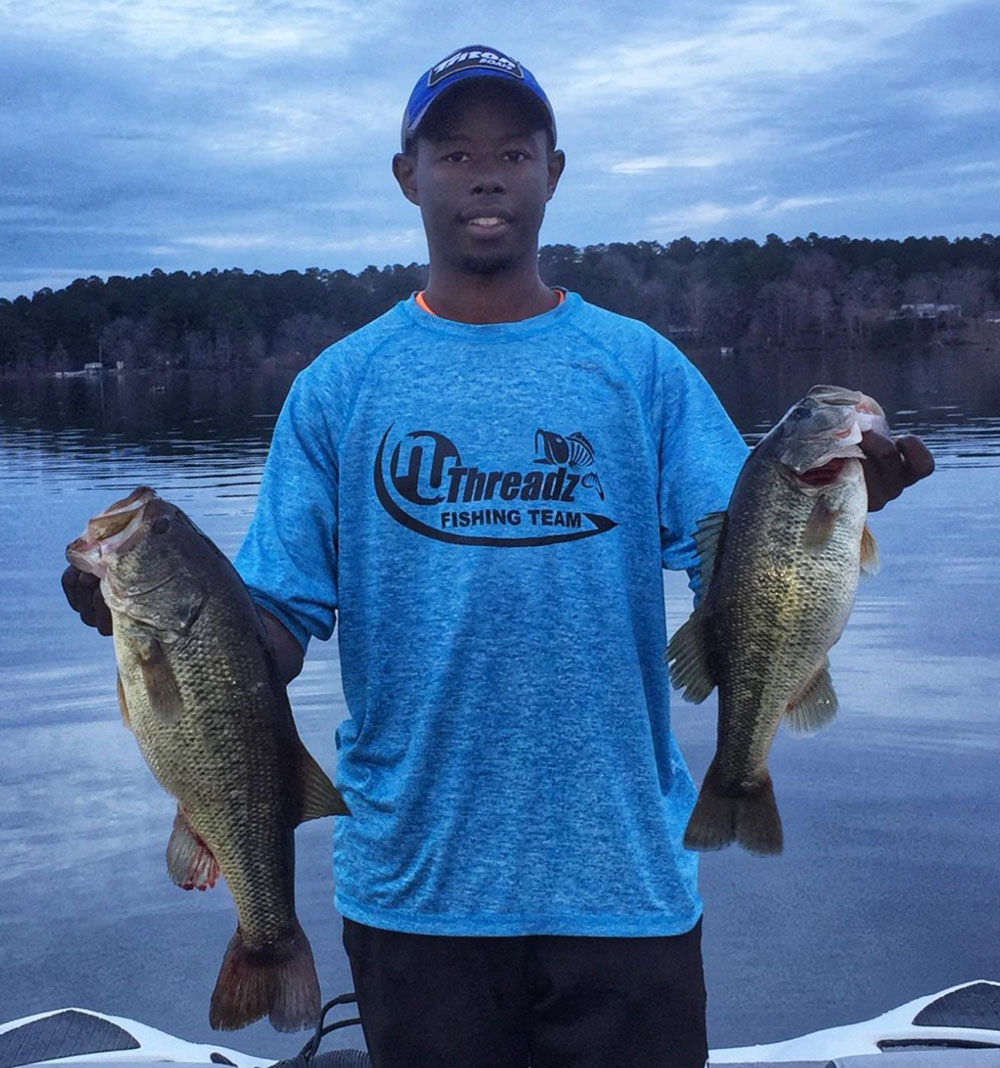
Catching Shallow Bass
When working the shallow structure, Tyson reveals, “I really like a 3/8 ounce black and blue jig.” He will alternate between flipping and football jigs. In ultra-clear water, he will use a green pumpkin colored jig. He always matches it up with a Sweet Beaver for a trailer.
“Another technique that has been catching a lot of bass for me up shallow is a power shot rig,” he adds. A power shot rig is a heavy drop shot rig. Instead of light line with finesse worms, he spools it with heavy 14-pound XPS monofilament line and bulky crawdad imitating baits. To prevent snagging the structure, he Texas rigs the bait. “The bigger bait catches bigger bass; these bass want a full meal.” One of his favorite baits with this rig is a Berkley Havoc Craw Fatty. “One other tip,” offers Tyson, “If there is current in shallow water, then a Kamooki Lure SmartFish retrieved at a moderate pace is killer.”
Catching Deep Bass
Three baits work the deep, mid, and shallow ranges. Tyson always begins with his favorite; that jig works at all depths!” he exclaims. When he believes the fish are relating to the bottom, the jig gets the nod.
But if that doesn’t work, or if he sees fish suspending on his graph, he will rely on an umbrella rig. “One week in December [2018], I caught 60 bass in just three hours! It was unbelievable.” His primary swimbait color choices are white, but he will dip the tail of two or three baits in chartreuse dye. To target fish at the top of the water column, Tyson works a jerkbait. He is picky about his color choices. In clear water, it must have some purple in it. But if the water is dingy, then Taylor goes with a firetiger color scheme – something the fish can see.
Rather breaking ice up north or probing hard structure in Arkansas, make sure your keel and skeg are protect with a KeelGuard and SkegGuard and keep casting.

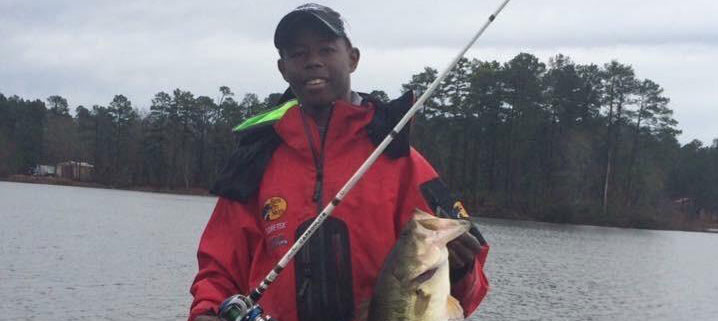
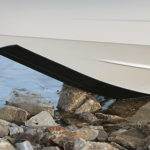

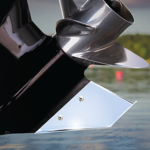

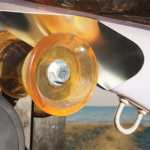
Comments